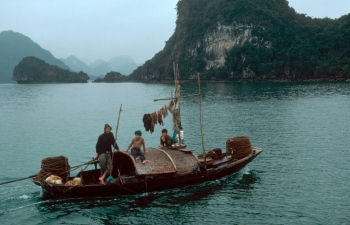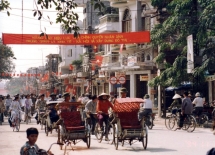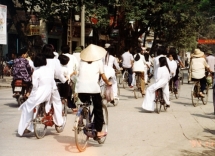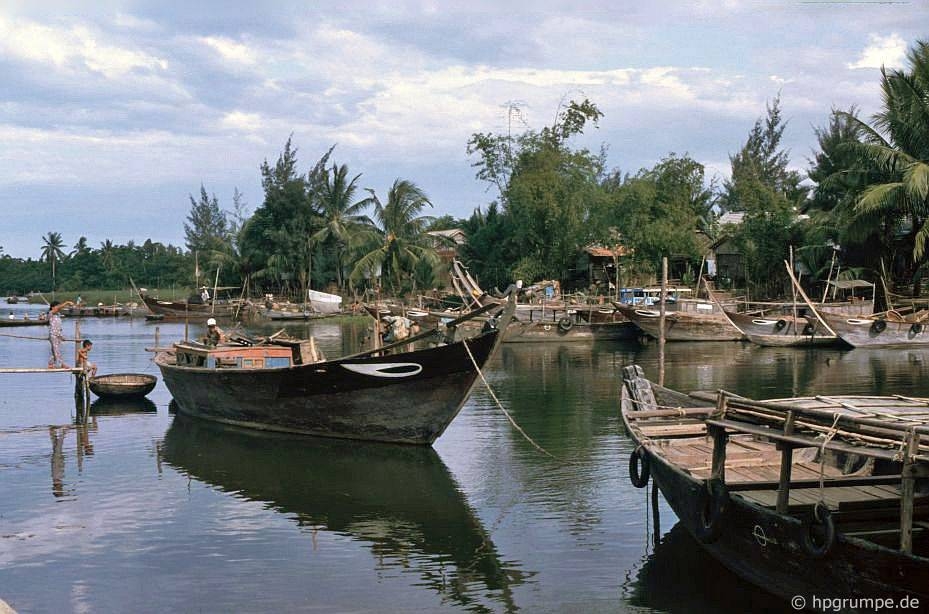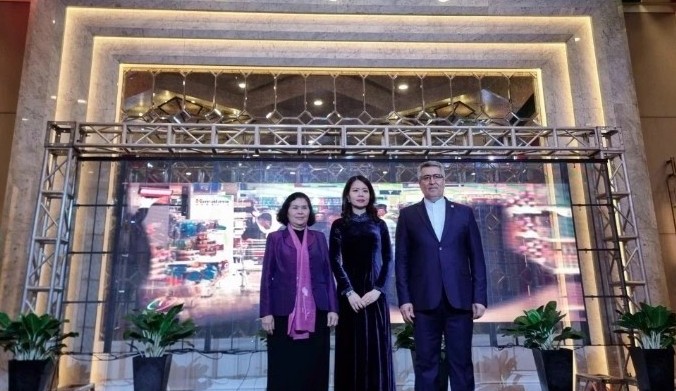Hoi An ancient town in 90s through lens of German photographer
| Hustle life in Quang Ninh late 20th century | |
| Hanoi’s Old Quarter in 1990s through lens of Japanese Ambassador | |
| Hanoi Old Quarter during 1990s through photos of Japanese Ambassador |
Hans-Peter Grumpe is a German teacher. With a great passion for photography and traveling, Hans spent most of his holidays discovering different corners of the world, including three trips to Vietnam in the 1990s.
The German photographer had taken thousands of pictures that captured the various Vietnamese landscapes, daily life, and the local people throughout his trips in the country. Among them, there are 10 stunning shots of the bustling life in Hoi An .
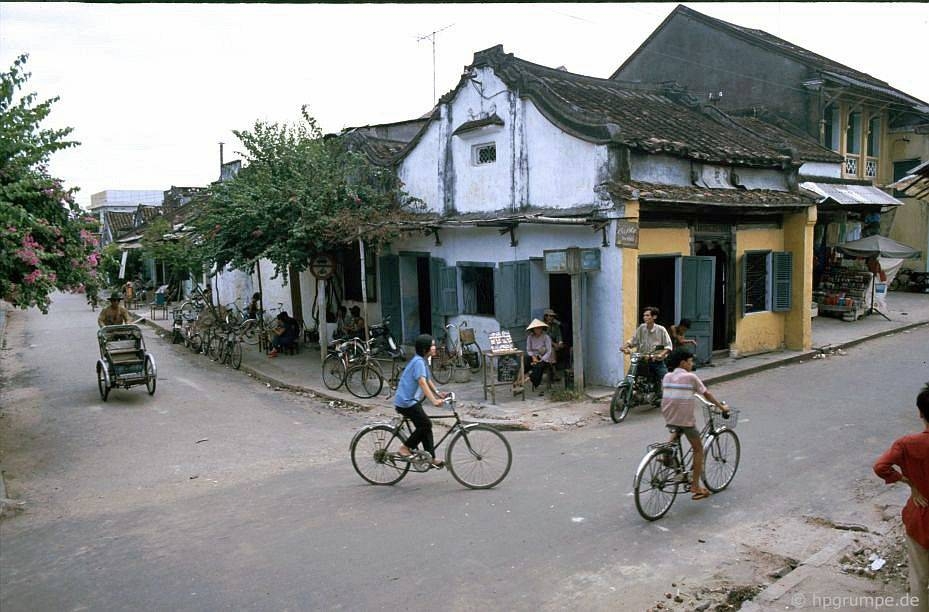 |
A corner of Hoi An in 1991-1992, taken by Hans-Peter Grumpe
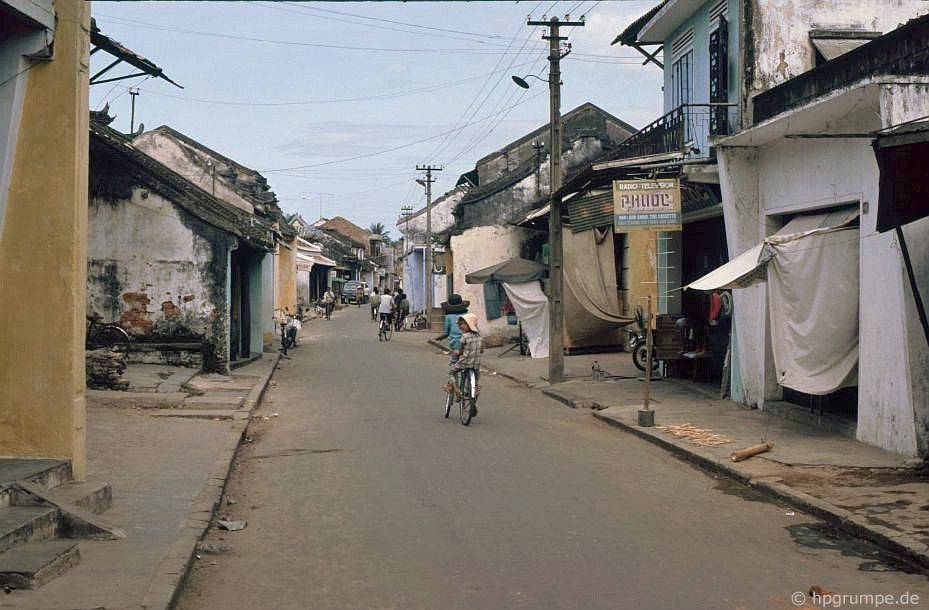 |
"I had the chance to experience this beautiful old city at its most pristine state, I mean there was literally no other visitor like me. The arrival of a European tourist had stirred up the daily life in here even though Hoi An at that time was already an official tourist destination", Hans told Vietnam Times.
"I had the impression that the time has stopped in one way or another", he describes his photos.
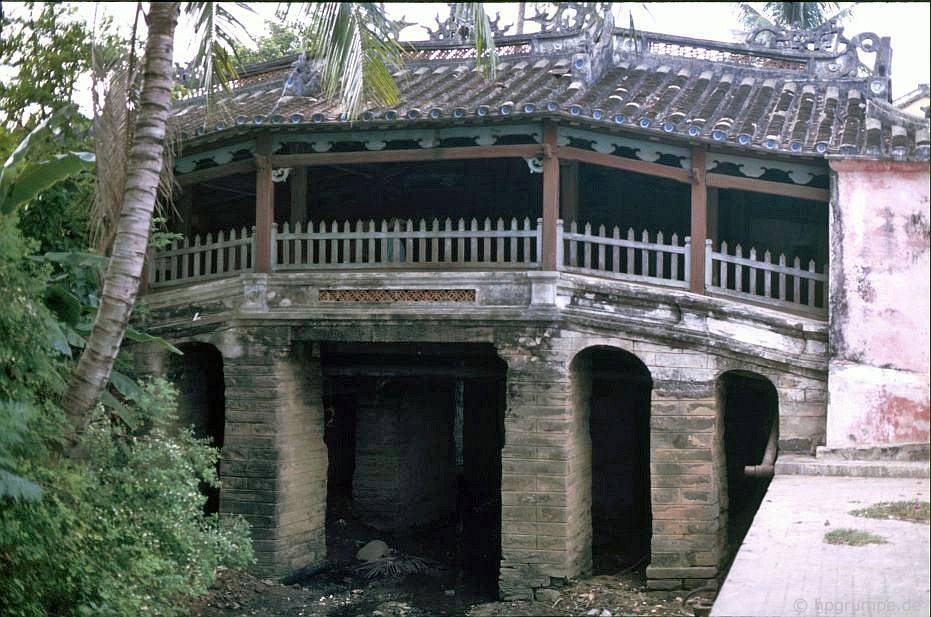 |
The Japan bridge in the 1990s
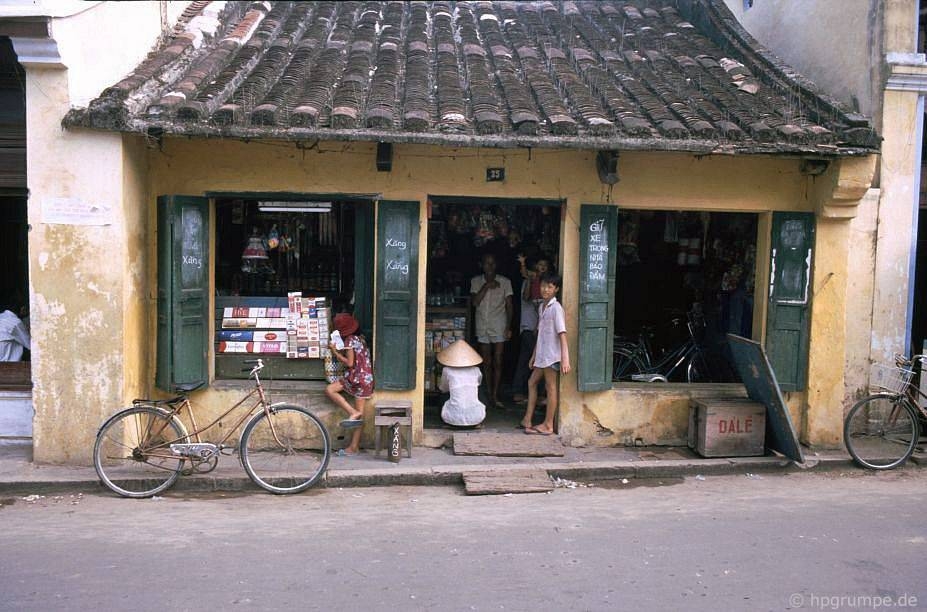 |
An ancient house in Hoi An selling daily necessities, including petrol, bags of ice-tubes (as fridge at that time was not that ubiquitous in households as today, and so did filling stations).
The house was also a "bicycle park" where cyclers could park their bike for a while if they wanted to get around the town on foot.
It looks like the small store was welcoming many customers in the photo.
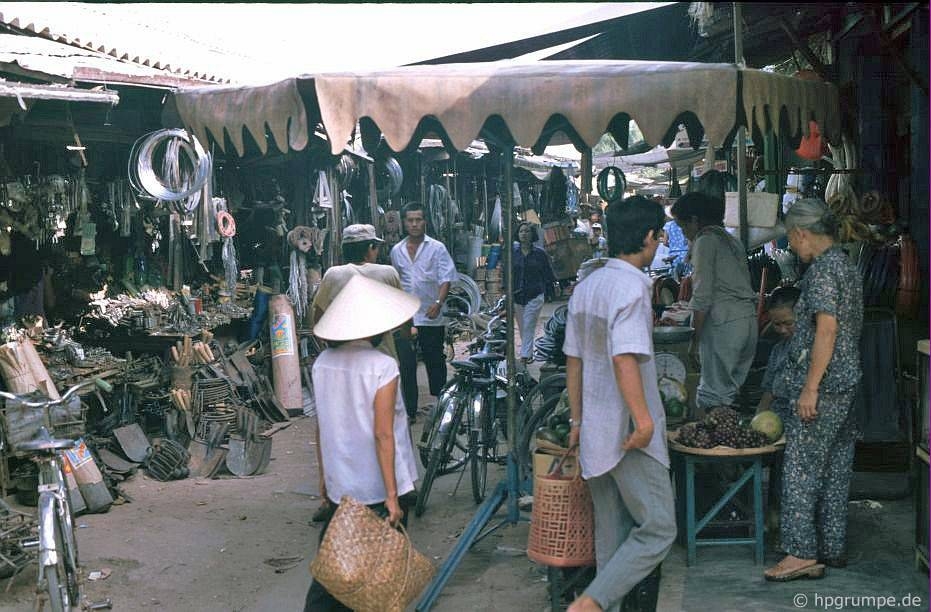 |
A bustling market selling farming tools. Almost all locals traveled to the market on foot or by bicycle.
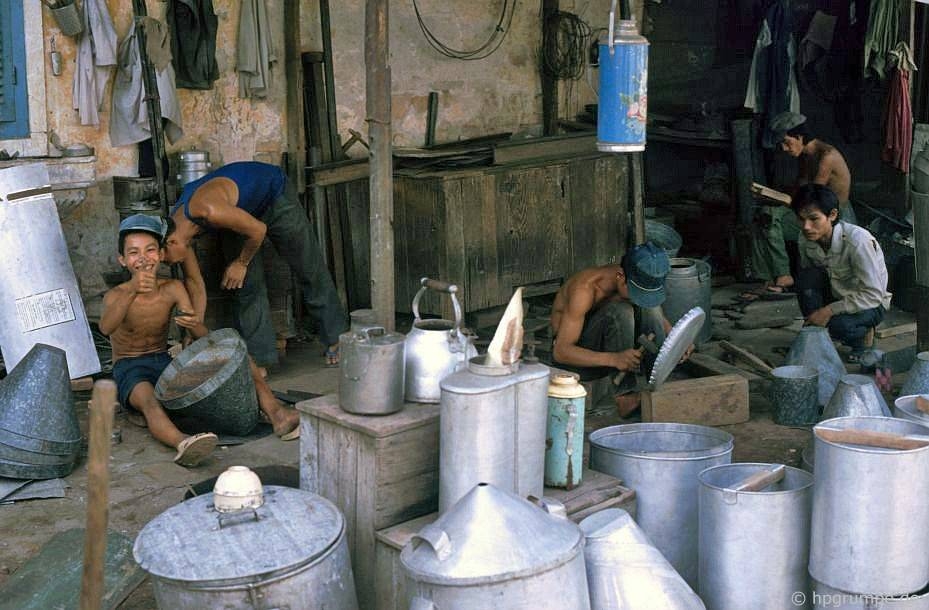 |
A group of aluminum workers producing household products in Hoi An ancient town.
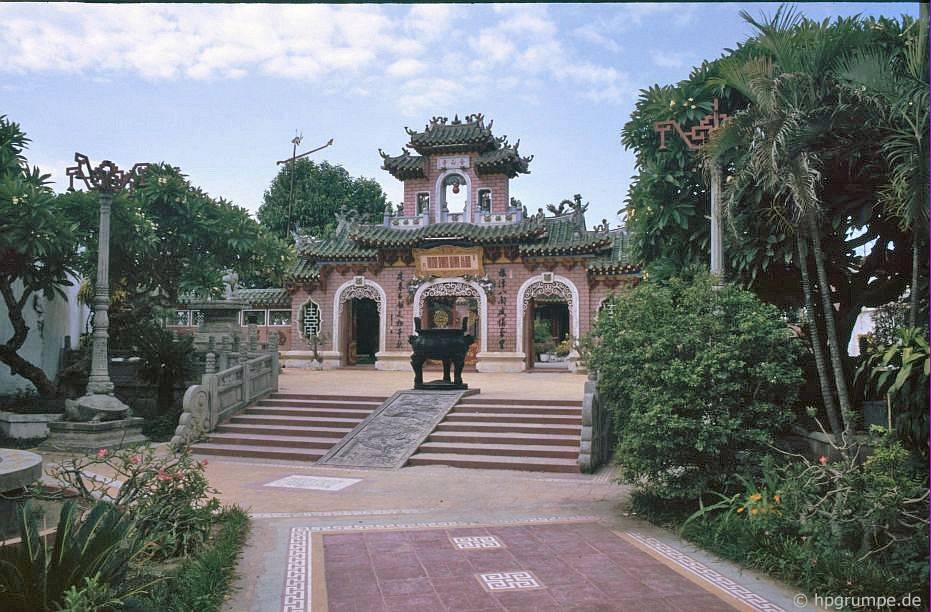 |
Fukian Assembly Hall. According to Hans, the was the only foreign visitor in Hoi An town at that time.
The Fukian Assembly Hall (Phuc Kien), Hoi An was established in the year 1697. It is a great example of the Chinese architecture. The Chinese merchants of the Fukian Province are believed to build this huge assembly hall. However, some changes have been made to this Fukian Assembly Hall (Phuc Kien) in the course of time, Hoi An world heritage reported.
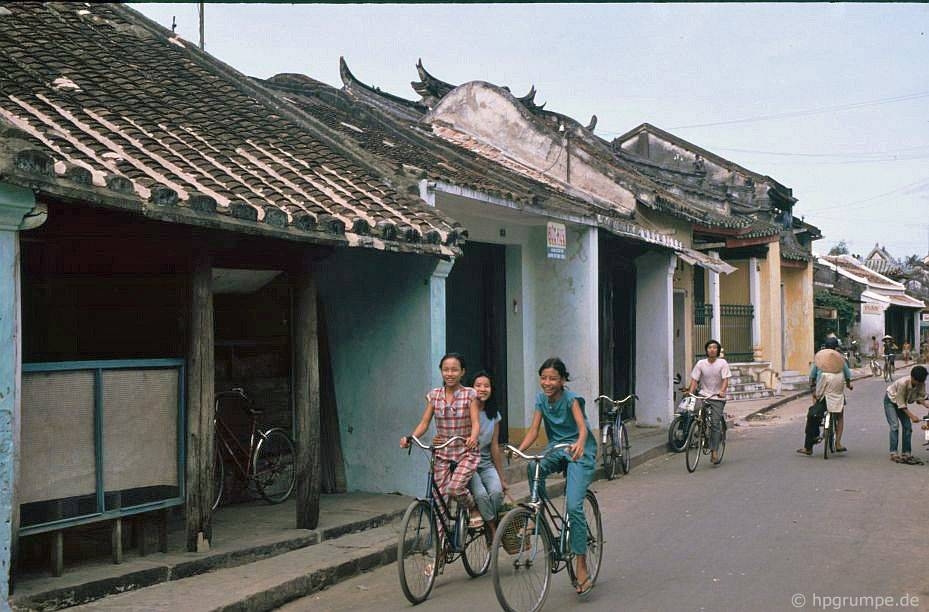 |
Three young women cycling pass one ancient house.
Old houses in Hoi An are still well-preserved in modern days, creating a unique beauty for this World heritage site.
|
|
Thu Bon river in the 1990s.
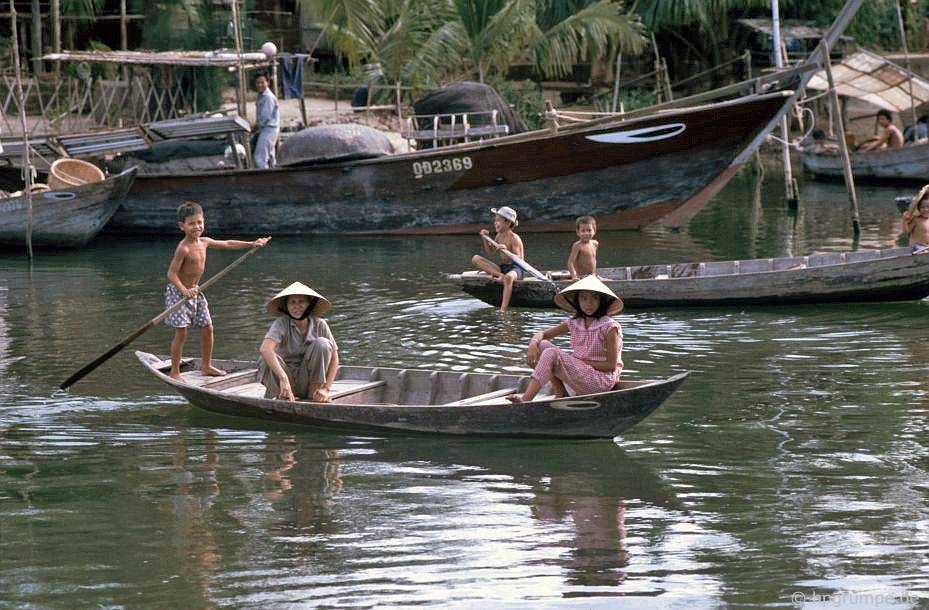 |
Daily life in Thu Bon river - the iconic river of Hoi An.
The Fukian Assembly Hall (Phuc Kien), Hoi An was established in the year 1697. It is a great example of the Chinese architecture. The Chinese merchants of the Fukian Province are believed to build this huge assembly hall. However, some changes have been made to this Fukian Assembly Hall (Phuc Kien) in the course of time.
Moreover, the Thu Bon River in Hoi An is not just the main culminating point for most festivals and events that are held at Hoi An but also the chief source of livelihood for many residents of the town, according to Hoi An world heritage.
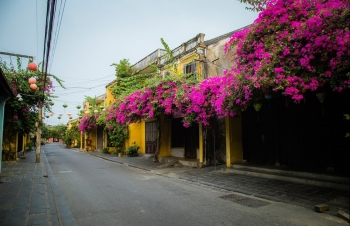 | Hoi An boasts unexpected charm during COVID-19 lockdown With entry for outsiders restricted, locals staying home, and the closure of shops, restaurants, Hoi An has become more tranquil than usual. |
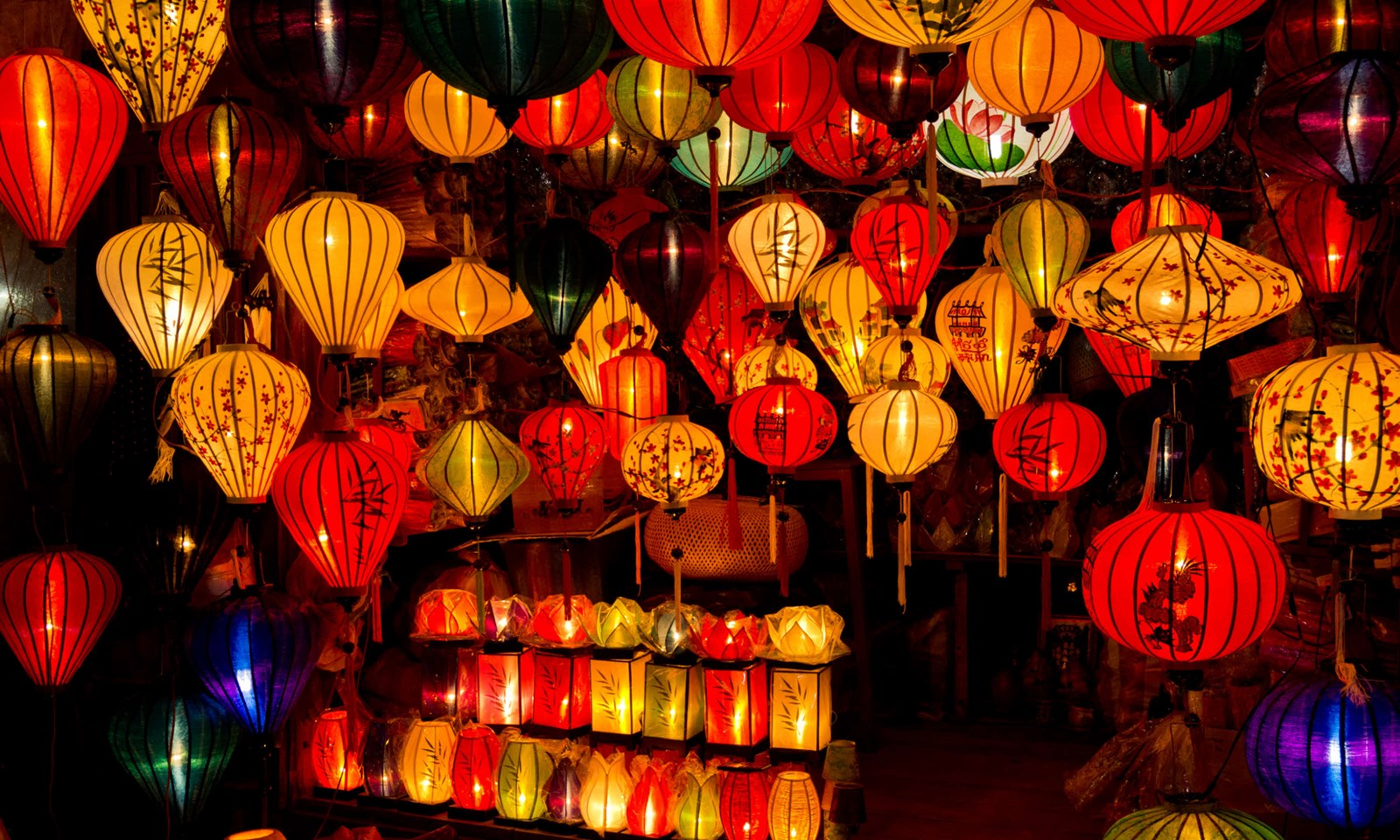 | Wanderlust suggests 17 must-try things to do in Vietnam Vietnam is a wonderland for travelers at every turns from glittering beach sands to bustling cities to spectacular mountain ranges. Among abundant options to engage ... |
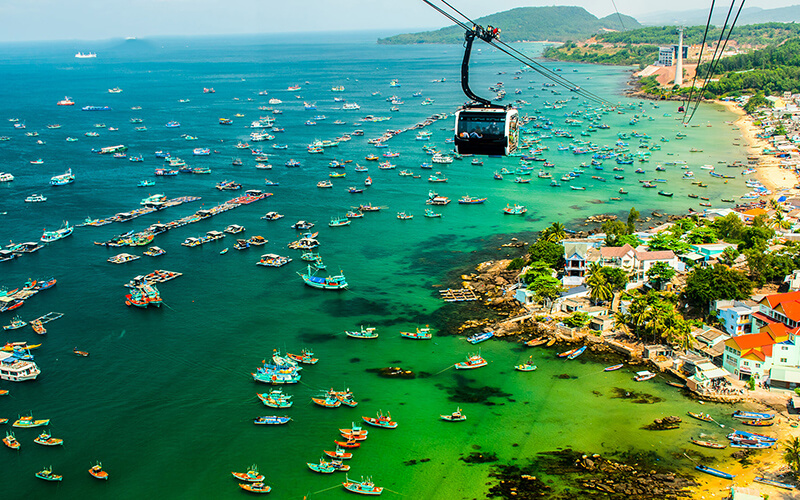 | Phu Quoc and Danang listed top outstanding destinations in 2020 Phu Quoc and Danang in Vietnam are ranked No. 7 in the Top 25 Featured Destination and Top 10 Destinations list trends in 2020 by ... |
Recommended
 Travel
Travel
Vietnam Through Australian Eyes: Land of Flavor, Warmth, and Timeless Charm
 Travel
Travel
Strategies for Sustainable Growth of Vietnam’s Tourism from International Markets
 Travel
Travel
Vietnam Strengthens Its Presence On The Global Tourism Map
 Multimedia
Multimedia
Phong Nha-Ke Bang National Park Named Top Adventure Travel Site
Popular article
 Travel
Travel
Vietnam Welcomes Record-High Number of International Visitors
 Travel
Travel
Luxury Train From Hanoi To Hai Phong To Be Launched In May
 Travel
Travel
Phong Nha Named Top Budget-Friendly Travel Destination for Spring 2025: Agoda
 Travel
Travel

